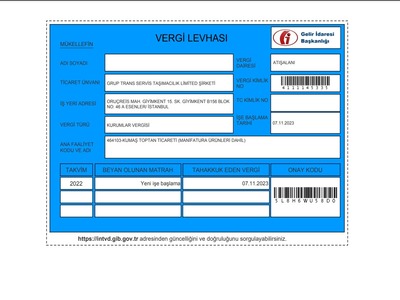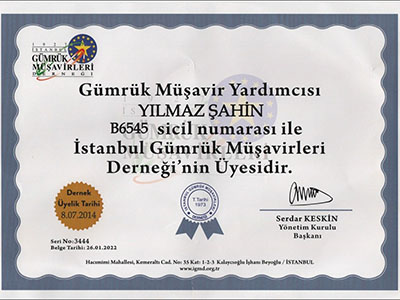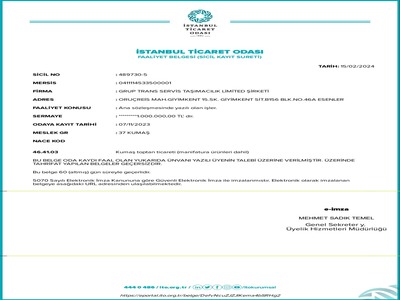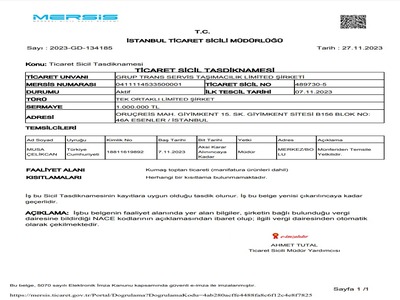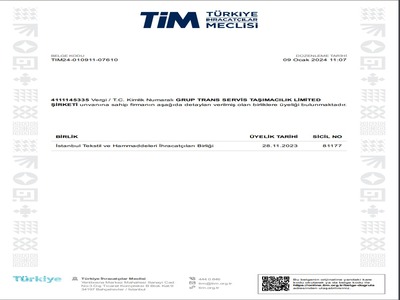- Homepage
- Get an offer
Information About Sea Freight Forwarding
Sea freight transportation is the commercial transportation process made by sea vehicles. A large part of world trade is carried out by sea transport. Sea transportation is preferred especially for the transportation of large and heavy loads, as it has a larger load carrying capacity. This type of transportation allows materials to be transported over long distances at less cost.
Sea transportation includes different methods such as container transportation, roro (roll-on roll-off) transportation, bulk transportation and tanker transportation. Container transport is generally used for the transport of small-sized materials. In this method, materials are placed in containers of standard sizes and loaded onto the ship. Roro transportation, on the other hand, is a method in which vehicles and cargo are driven to the ship's deck.
Bulk transportation is carried out by loading dry cargo directly into the cargo bay of the ship. This method is generally used for transporting high volume and low value materials such as grain, coal, iron ore. Tanker transportation is used for the transportation of products such as oil, liquid gas. In this method, cargoes are loaded on special tanker ships.
Sea shipping may have less environmental impact than other modes of transportation. Carrying larger loads means less traffic and less carbon emissions. However, there are also risks of oil spills and other marine pollution that can cause some environmental problems.
Sea transportation plays an important role in world trade and has a great impact on the development of international trade. This method helps facilitate trade between countries and supports economic activity around the world.
Our experienced staff

Sinan Çelikcan
Turkey CEO
Musa Çelikcan
Russia Import Responsible
Yılmaz Şahin
Turkish customs process officer
Hasan Can Mutluay
Turkey Responsible for Operations and Loading
Telman Tikici
Accounting and Operations Officer in Turkey
Ziya Timur
Accountant
Ethem Mutluay
Marketing Manager
Fatih Taşdelen
Marketing
Fehmi Baş
Warehouse manager in Turkey
Evren Taşdelen
Senior HR Manager
Fatih Seyfi Taşçıoğlu
General manager in Russia
Kenan Saatçi
Operations Director in Russia
Tatiana Sergeevna
Accounting and Operations Specialist in Russia




